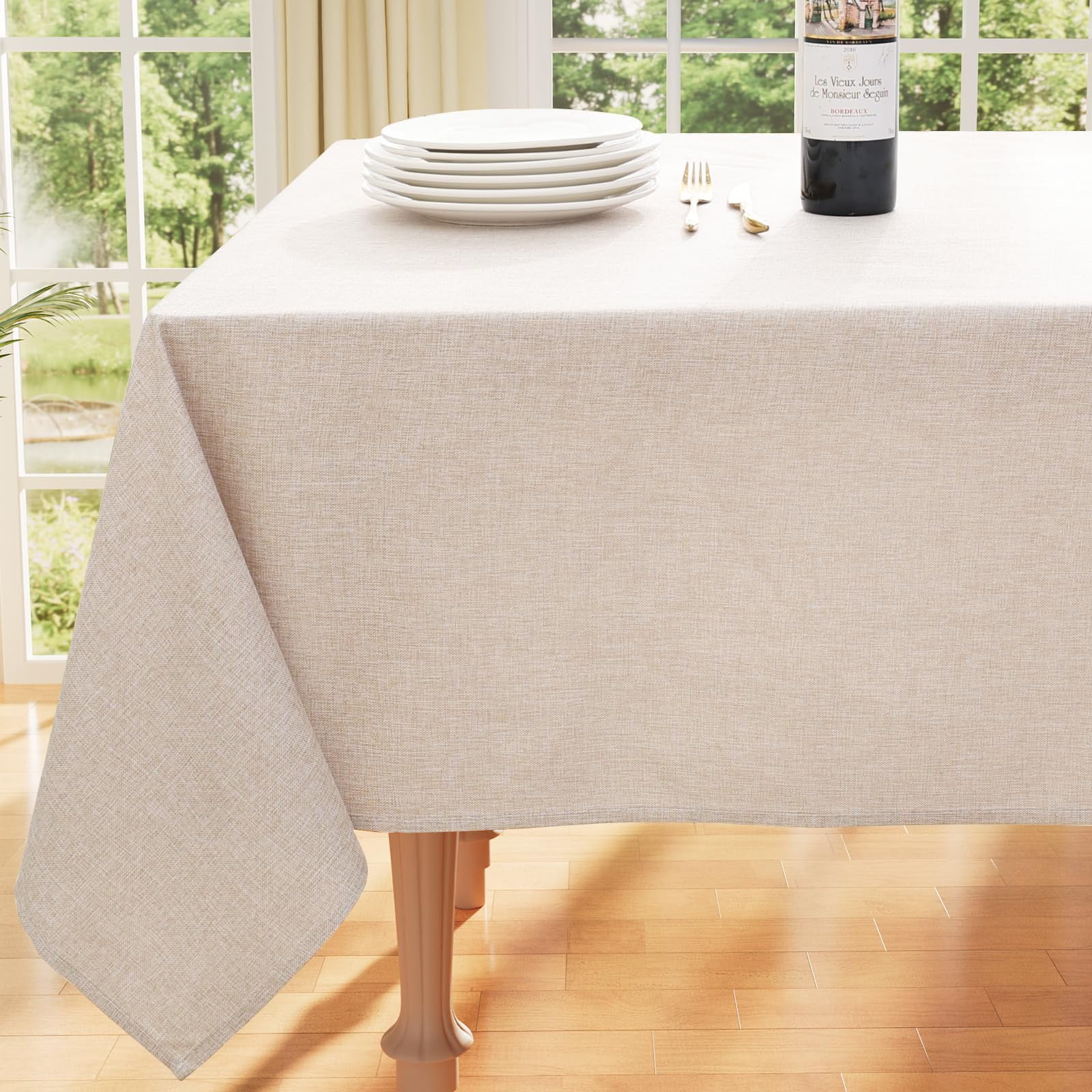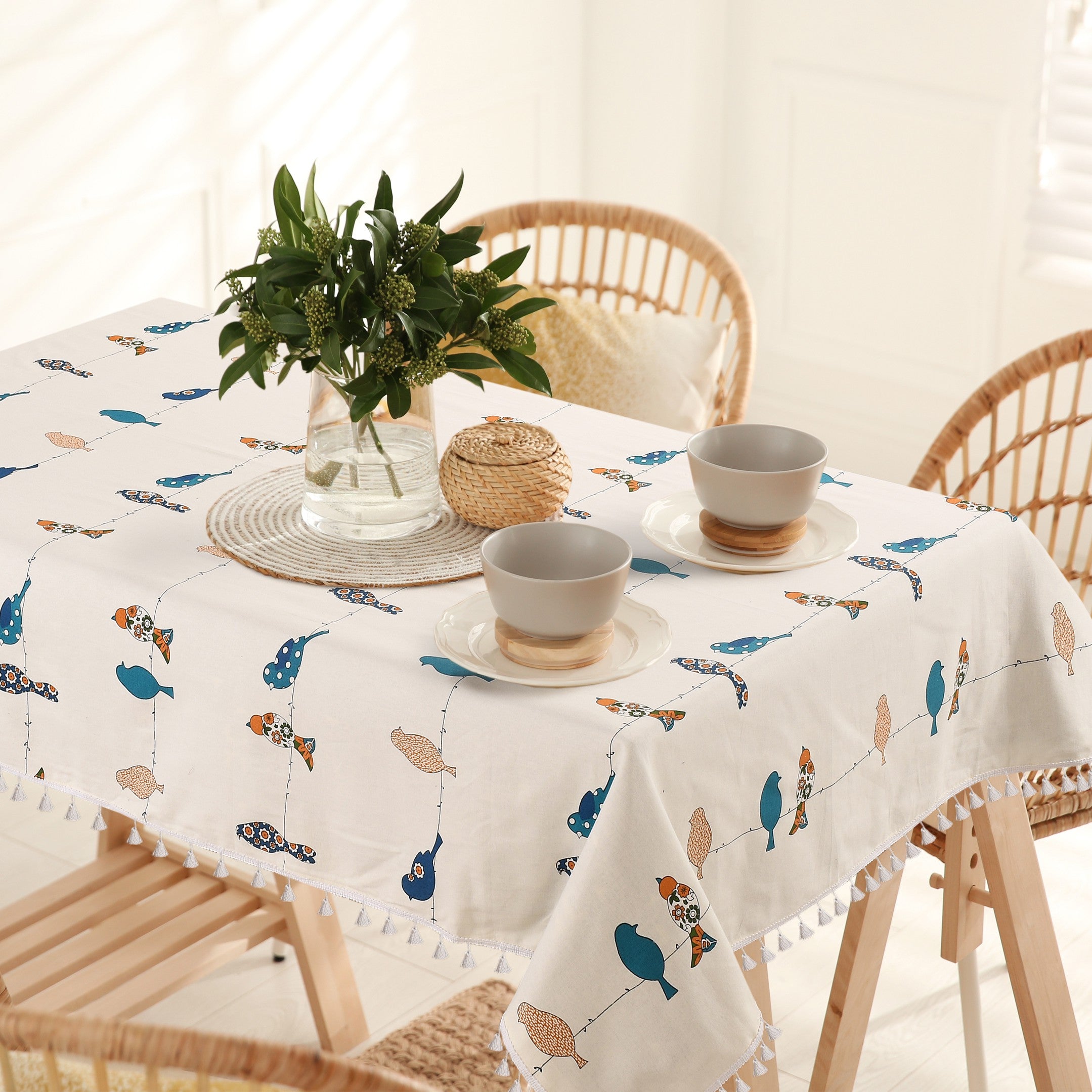Linen Textile Advancements: Checking Out Modern Trends and Creative Applications in Design and Textile Industry
From sustainable production techniques to advanced weaving modern technologies, the evolution of bed linen is reshaping the landscape of the fabric market. As we dig right into the realms of creative design applications and the development of bed linen blends and hybrid fabrics, a brand-new phase unravels in which linen's role in future textile developments takes facility phase.
Lasting Practices in Bed Linen Production
Sustainable techniques in linen production have actually come to be significantly essential in the fabric market's initiatives to lessen environmental influence and promote moral sourcing techniques. Bed linen, a natural fiber originated from the flax plant, uses a variety of benefits such as toughness, breathability, and biodegradability. Nevertheless, typical techniques of bed linen production can entail significant water intake, pesticide usage, and energy-intensive procedures.
To attend to these challenges, several fabric producers are taking on sustainable practices throughout the bed linen manufacturing procedure. This consists of sourcing flax from natural ranches that prevent dangerous chemicals and chemicals, applying water-efficient retting methods to remove fibers from the flax stalks, and making use of environment-friendly dyes and finishes. Furthermore, some business are purchasing sustainable energy resources to power their production centers and lowering waste with recycling and upcycling campaigns.
Technical Developments in Linen Weaving
With the expanding emphasis on lasting methods in linen production, the fabric industry is now observing a rise in technological developments especially aimed at reinventing the art of bed linen weaving. These innovations are reshaping the means linen materials are created, supplying increased effectiveness, high quality, and creative thinking in weaving strategies.
One of the vital technical advancements in linen weaving is the assimilation of computerized looms. These advanced looms are furnished with software program that permits intricate and intricate designs to be woven with precision. By digitizing the weaving process, makers can accomplish higher uniformity and precision in their bed linen materials.
In addition, advancements in yarn spinning technology have actually made it possible for the production of finer and more resilient linen threads - table cloths. This causes softer and smoother linen fabrics that retain their quality even after several uses and laundries
Additionally, the advancement of environmentally friendly dyeing processes and surfaces for linen textiles is acquiring grip. These lasting techniques not only minimize the environmental effect but also accommodate the boosting consumer demand for morally created fabrics.
Creative Style Applications for Bed Linen
Ingenious artistic approaches are significantly shaping the innovative style applications for bed linen in the textile industry. Linen's all-natural aesthetic allure and ability to mix with various other materials make it a favored choice for developing unique garments and devices that provide to the ecologically conscious customer.
Moreover, developers are trying out bed linen in home decoration, utilizing its long lasting and breathable nature to craft elegant home furnishings such as drapes, bedding, and upholstery. The structure and drape of bed linen bring a sense of elegance and convenience to indoor rooms, adding a touch of style to modern homes.

Bed Linen Blends and Hybrid Fabrics

Hybrid textiles, on the various other hand, take the concept of mixing a step even more by including extra elements such as metal threads, recycled materials, or conductive fibers. These innovative fabrics not only increase the style possibilities but additionally present practical aspects like conductivity, antimicrobial residential properties, or improved longevity. Hybrid fabrics are significantly being used in different industries, consisting of fashion, interior decoration, and technical textiles, where the need for multifunctional products is on the surge.
Linen's Function in Future Textile Innovations

In the home realm of future fabric developments, bed linen is anticipated to be a key player in the advancement of sophisticated useful fabrics. Researchers and designers are exploring ways to improve linen's inherent high qualities with technical innovations, such as incorporating smart textiles, nanotechnology, and performance surfaces. These technologies intend to elevate linen's performance characteristics, making it appropriate for a wider variety of applications, from activewear to safety apparel.
Moreover, the combination of linen with various other all-natural or artificial fibers opens limitless opportunities for developing unique fabrics with one-of-a-kind homes and performances. By leveraging bed linen's qualities and discovering innovative blends, the fabric industry is positioned to present amazing developments that satisfy developing consumer requirements and sustainability demands.
Verdict
In verdict, the exploration of lasting techniques, technical advancements, imaginative design applications, linen blends, and its role in future textile innovations highlight the continuous development of bed linen material in the contemporary design and textile sector. With an emphasis on advancement and imagination, the convenience and eco-friendly nature of bed linen make it a beneficial product for developers and producers alike, leading the means for more advancements and developments in the field of textiles.
As we delve right into the realms of imaginative style applications and the introduction of linen blends and hybrid fabrics, a brand-new chapter unfolds in which bed linen's duty in future fabric technologies takes facility phase.
Exploring the blend of linen with various other materials has led to the appearance of cutting-edge blends and hybrid fabrics in the contemporary fabric industry. Bed linen blends provide a special mix of the features of linen with those of various other fibers, resulting in fabrics that have dig this boosted homes such as increased durability, boosted draping, and lowered wrinkling.The advancement of linen blends and hybrid materials has established the phase for Linen to play a crucial role in driving future textile technologies.In the realm of future textile innovations, linen is anticipated to be a crucial player in the growth of sophisticated functional fabrics.